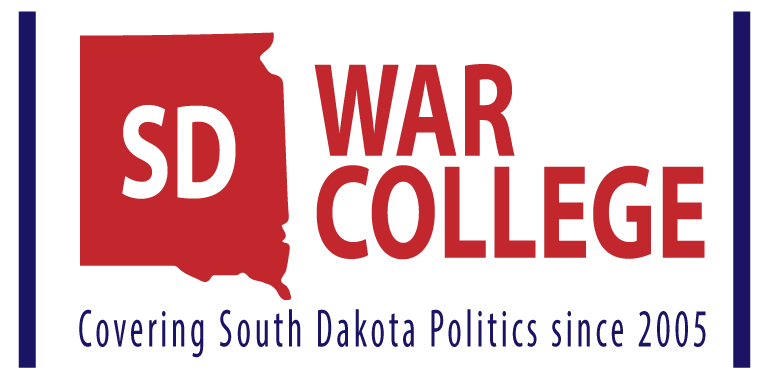Attorney General Jackley Joins Challenge to Federal Government Withholding of Education Funds over Transgender

 Attorney General Jackley Joins Challenge to Federal Government Withholding of Education Funds over Transgender
Attorney General Jackley Joins Challenge to Federal Government Withholding of Education Funds over Transgender
PIERRE, S.D.- Attorney General Marty Jackley announced that South Dakota has joined 18 other State Attorneys General and the Governors of Kentucky and North Carolina in an amicus or “friend of the court” brief, challenging the federal government’s withholding of education funds over transgender.
“President Obama’s directive that children of opposite sex must be required to share locker rooms and bathrooms under the threat of lawsuit and withholding of education funding has been halted by a nationwide federal preliminary injunction.
Unfortunately, the federal government continues to act on its threat by forcing this extraordinary intrusion upon our schools. The Attorneys General are again stepping forward to protect children by asking the United States Supreme Court to allow school districts to avoid placing young children of opposite sex in the same bathroom or locker room,” said Jackley.
The brief was filed in the United States Supreme Court in the case of Gloucester County School Board v. G.G., Mother Deirdre Grimm.
The case involves a school board in Virginia making accommodations for an individual born as a girl that self identifies as a boy wanting to use the boys’ bathroom in school. The Federal District Court entered a preliminary injunction requiring the school board to allow the girl to use the boys’ bathroom after it was directed by the 4th Circuit Court of Appeals to afford controlling deference to the Department of Education and Department of Justice letter that makes it discriminatory for a school to separate male and female bathrooms, unless each student is allowed to select either bathroom in accordance with that student’s asserted gender identity. The United States Supreme Court has stayed the 4th Circuit Court mandate and the District Court preliminary injunction, pending the disposition of a petition for certiorari from the school board.
South Dakota had previously joined 24 other states in parallel lawsuits filed in Texas and Nebraska against the U.S. Department of Education and U.S. Department of Justice. The challenge was initiated by a letter threatening states with loss of all educational funding under Title IX unless every public school in the country allowed students to select restrooms, showers and dormitories based on their expressed gender identity. A federal district court in Texas recently entered a nationwide preliminary injunction prohibiting the enforcement of the letter, and withholding of education funding, which applies nationally.
There is no cost for South Dakota to join these proceedings.



 Rounds, Colleagues Introduce Bipartisan Legislation to Provide Financial Stability to Muni Bonds
Rounds, Colleagues Introduce Bipartisan Legislation to Provide Financial Stability to Muni Bonds But once it was taken up in the State Senate, if flew through on a 29-4 vote.
But once it was taken up in the State Senate, if flew through on a 29-4 vote.

 Gov. Daugaard To Appoint
Gov. Daugaard To Appoint

 No Room for Error in National Security Strategy
No Room for Error in National Security Strategy